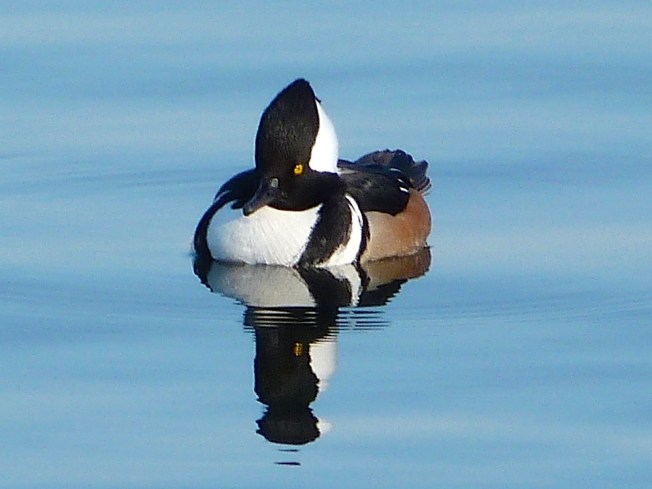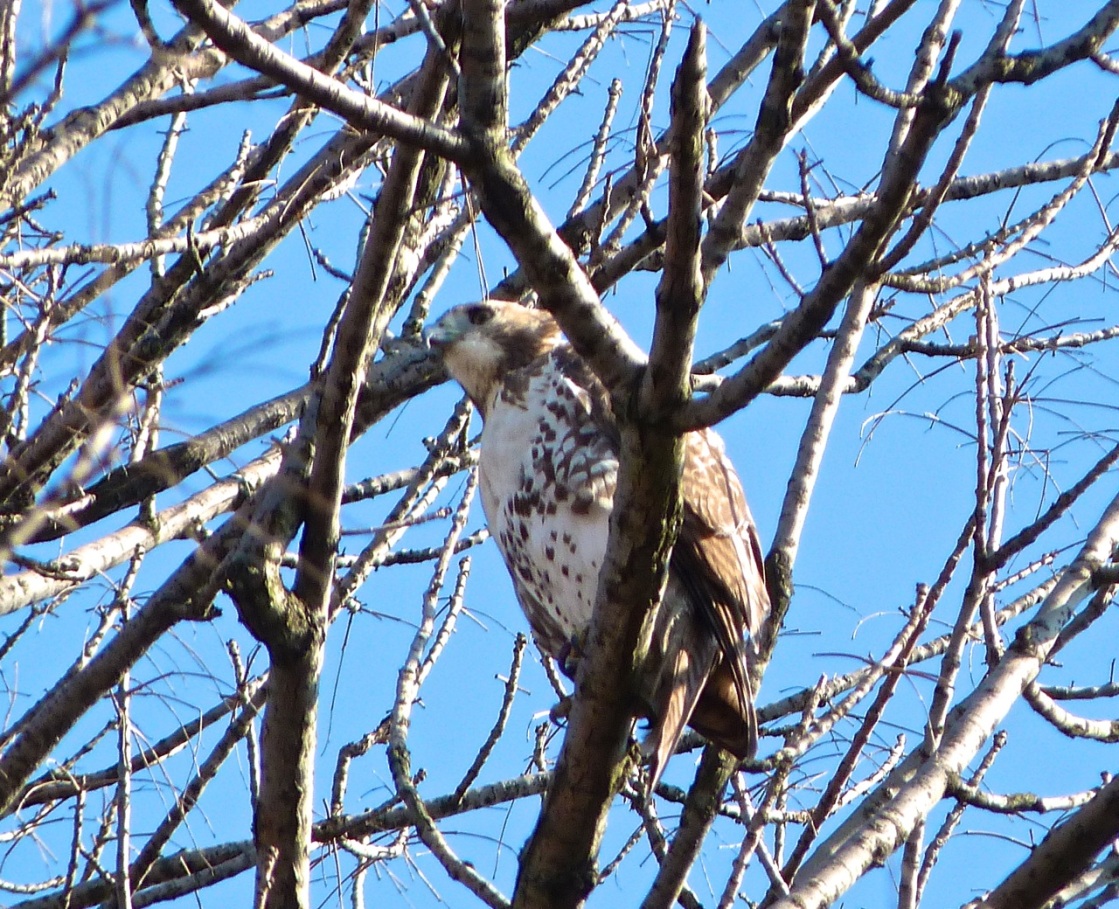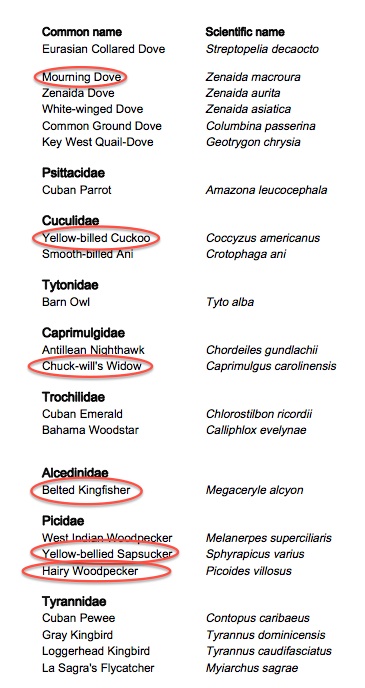ABACO BIRDS YOU CAN SEE IN THE BIG APPLE…
Big Apple, here we come! Mrs RH has business there next week. Sometimes, if I have behaved particularly well for an extended period – 2 years on average – I am invited to go along on her US trips. Providing I can grab a cheap fare as well. Well, sorted! NYC is my absolutely favourite capital city. Along with Marsh Harbour, obvs. And maybe Paris. Not London, we live there. Too close to home.
Northern Mockingbird, High Line, NYC
I never go shopping, but I have specific must-dos. Route 66 on 9th for the best breakfast ever. Walking the wonderful new High Line park, extended since we were last there. The Staten Island Ferry out and straight back for the best free ‘Manhattan view plus water ride’ experience. The Tramway cable car to Roosevelt Island to visit the beautifully restored Blackwell Farmhouse which dates from 1796 and is arguably NYC’s oldest surviving residential building (not many people know this). Then a brisk walk to Lighthouse Point for a winter picnic. This is where, one day, I plan to catch a fish – any fish – on the fly in the East River. I’ve debated packing a small travel rod & reel this time but it is not an ideal time of year, frankly, and I don’t want to set myself up for failure in what will anyway be a hard task…
A Herring Gull provides irrefutable proof that there is piscine life in the East River even in winter

Mallards in Central park: a male and a LEUCISTIC female

And to people’s complete bemusement (sample comment: “Are you quite mad?”) I go birding. NYC is a great place for it, being on a major migration flyway. Central Park is fantastic, especially the Ramble, the Reservoir, and the lesser known wild areas at the top end – the Loch, the Ravine, Harlem Meer. Prospect Park Brooklyn is another great place, with wild woodland and lakes for many water bird species. There’s a wildlife refuge at Jamaica Bay which looks worth exploring too, though it’s a bit of a trek. Anyway, here are a few Big Apple birds that are found on – or at least recorded for – Abaco (some very rarely, it has to be said).
Ring-billed and Herring Gulls on the Staten Island Ferry



Male & female Hooded Mergansers on the JKO Reservoir, Central Park

Male House Sparrow (Central Park) & female (Prospect Park, Brooklyn)

Rock Pigeon, Central Park
Eurasian Starling (High Line Park)
Canada Goose on ice (Prospect Park, Brooklyn)
American Robin (Prospect Park, Brooklyn)
Poor photo of a Coot (Harlem Meer, Central park)
Ultra-shy Red-winged Blackbird (Prospect Park, Brooklyn) I can only get away with crap photos like this because it’s my blog & your decision to put up with it
I can only get away with crap photos like this because it’s my blog & your decision to put up with it
Bufflehead, JKO Reservoir Central Park A bird recorded once or perhaps twice for Abaco in the last 60 years. I have better photos than this, but this one best illustrates your chance of seeing one on Abaco – vanishing…
A bird recorded once or perhaps twice for Abaco in the last 60 years. I have better photos than this, but this one best illustrates your chance of seeing one on Abaco – vanishing…
Hairy** Red-bellied Woodpecker (The Ramble, Central Park)
Red-tailed Hawk NYC (Prospect Park Brooklyn) The RTH header image was taken in the Ramble, Central Park
The RTH header image was taken in the Ramble, Central Park
** As Woody Bracey has been quick to point out, this is in fact a Red-bellied Woodpecker, not a Hairy Woodpecker. Unlike the HWP, the RBW is not recorded for Abaco. HOWEVER I do have a HWP photo from Central Park somewhere, and if I can find it I’ll substitute it and make it right!
All photos, good, bad and indifferent: The Author

































You must be logged in to post a comment.